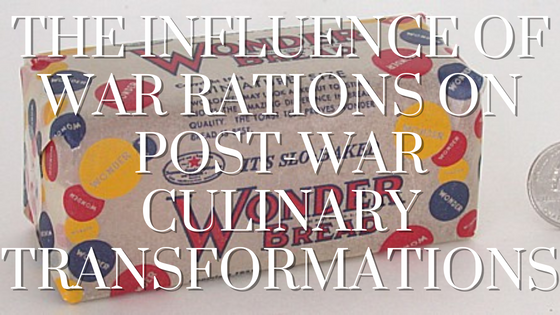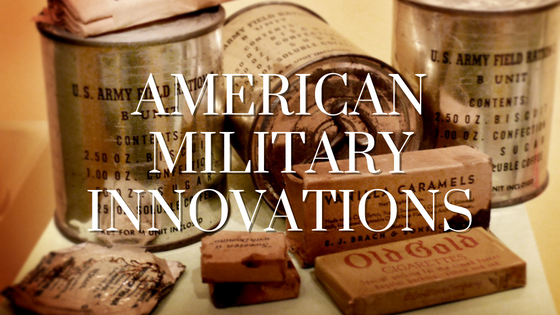Hunger for Power and Self-Sufficiency
How Colonialism Complicated Food Scarcity
and Invention during World War II - Guide
|
|
Discover the untold histories of colonized peoples during World War II beyond the battlefield and mainstream recollections. Food innovation during the war illuminates marginalized histories, contrasting the inventions between colonial powers and their holdings. Learn how American food inventions such as SPAM and M&Ms profoundly impacted the military and later American dishes. Discover how the American military introduced their own food inventions to subjugated places, spurring more food innovation in places they had colonized and waged war. Explore the relationship between entrepreneurs and the American military and how Hershey's chocolate company became a vital chocolate provider for the military.
Europe's food invention was less connected to the military. Homefront food invention was government-sponsored, with dishes like Eintopf and Woolton Pie reflecting the degree of each country's ability to effectively feed and keep morale up. However, the story contrasts sharply with the Bengal Famine, where India, as a British colony, suffered millions of deaths. Despite the famine, food invention was still possible during these times, showing perseverance. Similar themes emerged in other parts of Asia, where despite extreme food shortages and rationing, citizens showed ingenuity in the face of starvation, leading to inventive dishes and ingredients like pad Thai and banana ketchup. Experience the weight of colonization carried by many of the food inventions still enjoyed today. The differences in how colonizing and colonized spaces dealt with food insecurity during World War II reveal the glaring inequality in homefront experiences. Don't miss the chance to uncover the untold histories of marginalized peoples during World War II beyond the mainstream narrative. |






